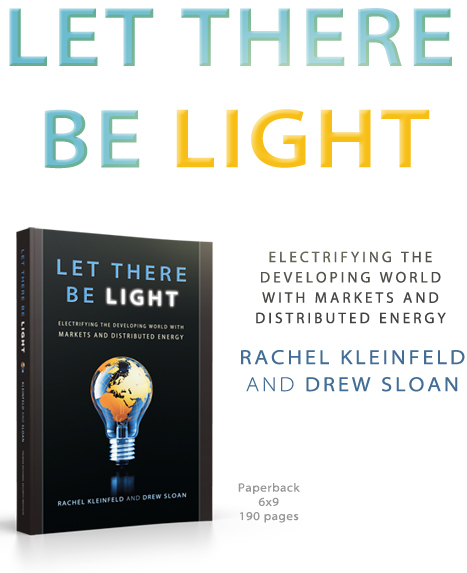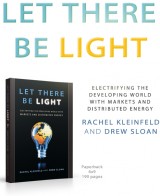Feature #1: The Dust Bowl (start time 6:53)

As bad as the drought has been recently in Colorado and other states, it pales in comparison to the nearly 10-year-long drought of the 1930s. Its unrelenting and gargantuan dust storms inspired the name “The Dust Bowl.” In southeast Colorado and other Great Plains states, children died of dust pneumonia. Thousands of cattle died or were slaughtered. Hundreds of thousands of people were forced to flee their homes. It came to be called “the worst man-made ecological disaster in American history.” On November 18th and 19th PBS will air a four-hour documentary called “The Dust Bowl.” It was directed by Ken Burns and written and co-produced by author Dayton Duncan. How On Earth co-host Susan Moran talks with Duncan about the film and the lessons learned –or not learned — from The Dust Bowl.
 Feature #2: Zero Population (start time 15:58) John Seager, CEO of the nonprofit Population Connection, discusses with How On Earth co-host Ted Burnham about the organization’s efforts to help American citizens and politicians understand the environmental and other implications of the ever-expanding global human population. John will speak this Friday at the CU campus in Boulder. His presentation is titled, “Soaring Past 7 Billion: Population Challenges for a Crowded World.”
Feature #2: Zero Population (start time 15:58) John Seager, CEO of the nonprofit Population Connection, discusses with How On Earth co-host Ted Burnham about the organization’s efforts to help American citizens and politicians understand the environmental and other implications of the ever-expanding global human population. John will speak this Friday at the CU campus in Boulder. His presentation is titled, “Soaring Past 7 Billion: Population Challenges for a Crowded World.”
Hosts: Ted Burnham and Susan Moran
Producer: Susan Moran
Engineer: Maeve Conran
Executive Producer: Jim Pullen
Listen to the show:
Podcast: Play in new window | Download (Duration: 23:18 — 21.3MB)
Subscribe: RSS







 Feature #1: Neanderthals (start time: 6:01)
Feature #1: Neanderthals (start time: 6:01)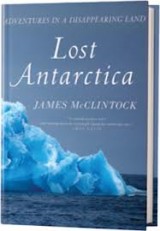 Antarctica: Adventures in a Disappearing
Antarctica: Adventures in a Disappearing 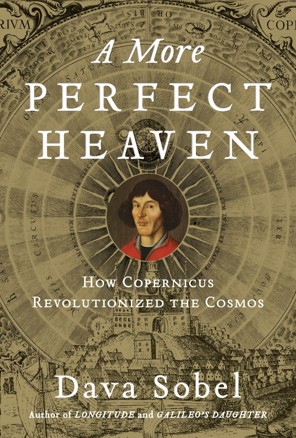
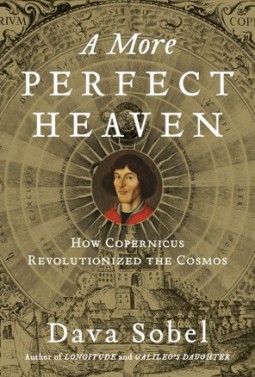
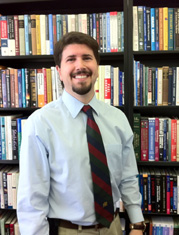



 Planetary science budget (start time: 15:49). Despite the successes of the Mars missions and voyages to our other planetary neighbors, the White House decided that NASA’s planetary science budget should be drawn down. The hit would be substantial, a twenty percent reduction from 2012. 300 million dollars would be removed from a baseline one and a half billion dollars. We ask Dr. Alan Stern, who has served as the chief of the Science Mission Directorate at NASA, about why the planetary science budget should be restored.
Planetary science budget (start time: 15:49). Despite the successes of the Mars missions and voyages to our other planetary neighbors, the White House decided that NASA’s planetary science budget should be drawn down. The hit would be substantial, a twenty percent reduction from 2012. 300 million dollars would be removed from a baseline one and a half billion dollars. We ask Dr. Alan Stern, who has served as the chief of the Science Mission Directorate at NASA, about why the planetary science budget should be restored.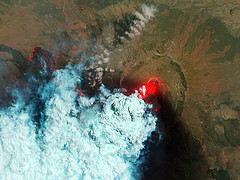

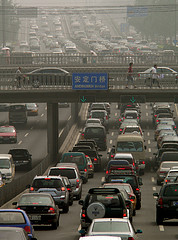
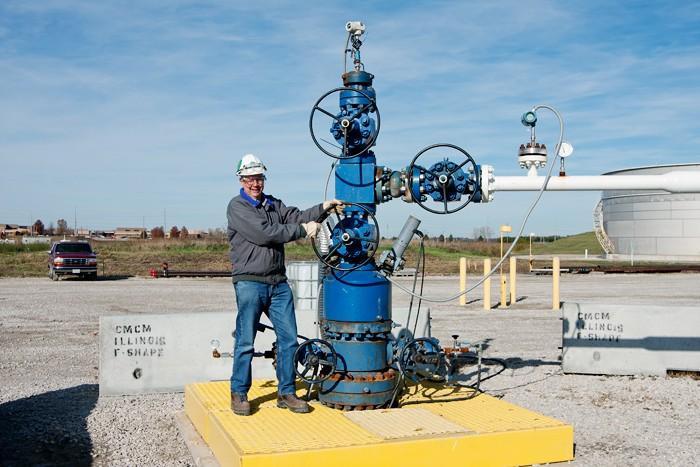

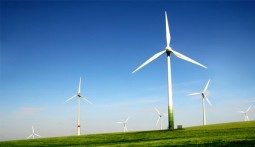 Colorado Clean-tech Industry (Start time 16:14): It’s not news that we are in an economic downturn. Nor is it news that the world is facing monumental environmental problems. How about a way to kill two birds with one stone? Co-host Tom McKinnon discusses how with Wayne Greenberg, director of the Fellows Institute, which is sponsored by the
Colorado Clean-tech Industry (Start time 16:14): It’s not news that we are in an economic downturn. Nor is it news that the world is facing monumental environmental problems. How about a way to kill two birds with one stone? Co-host Tom McKinnon discusses how with Wayne Greenberg, director of the Fellows Institute, which is sponsored by the 


